Original art for sale
Shop original and limited edition art, directly from artists around the world.
Clear all 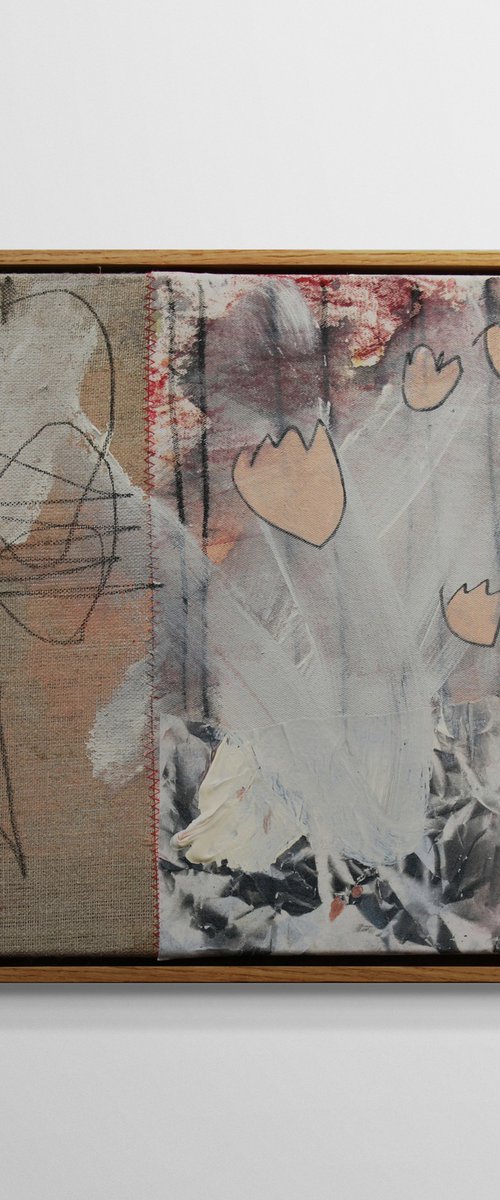
Daniela Schweinsberg
Mixed-media painting
32 x 32cm
£429
Karim Carella
Photograph
145 x 100cm
£633
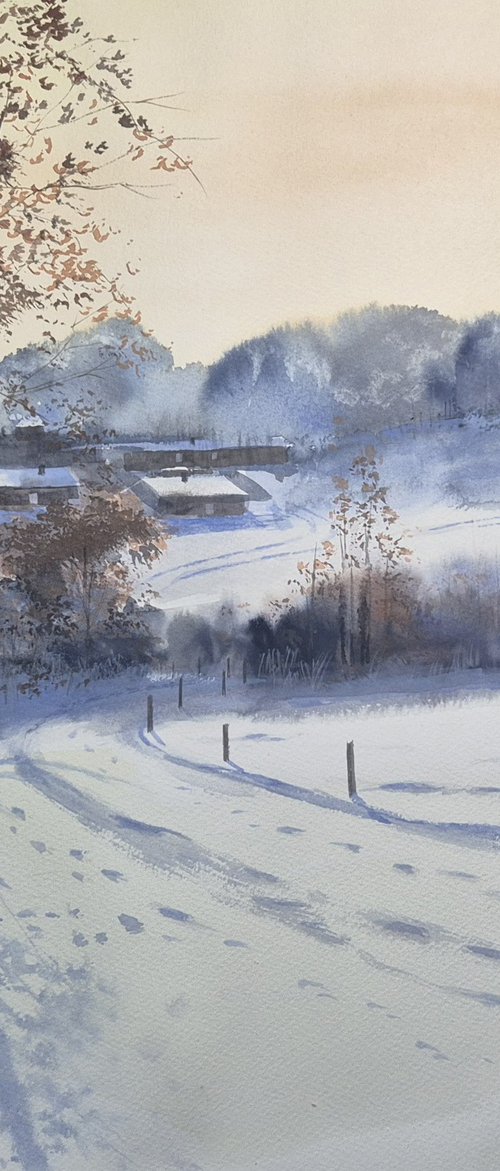
Rafael Carrascal
Watercolour
40 x 40cm
£385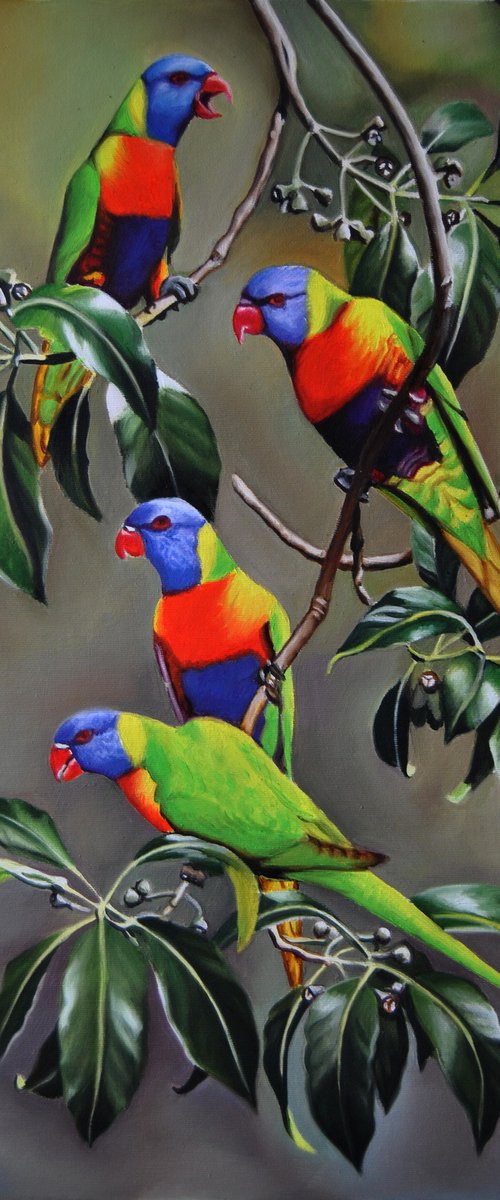
Simona Tsvetkova
Oil painting
35 x 60cm
£500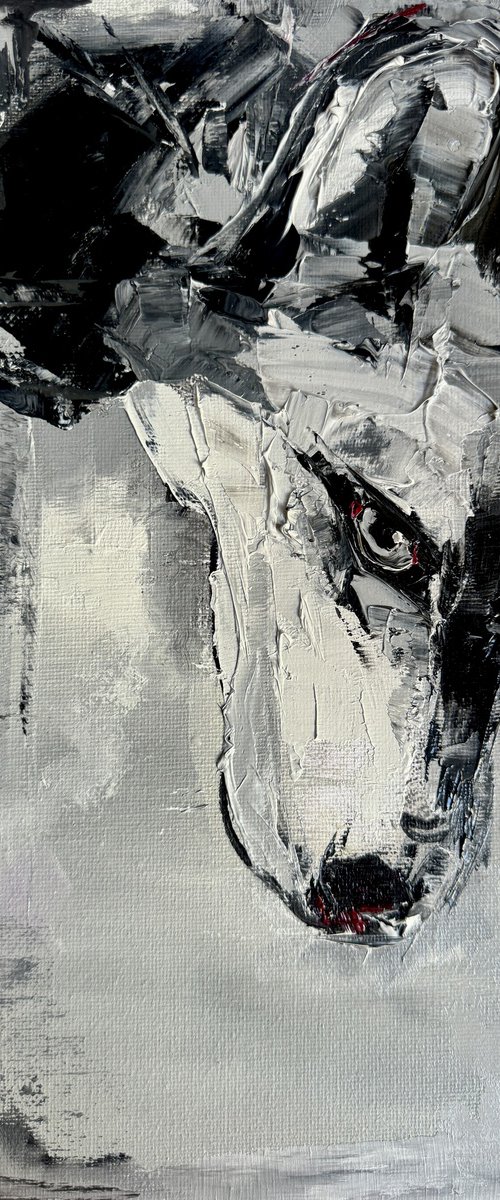
Lana Frey
Oil painting
21 x 30cm
£306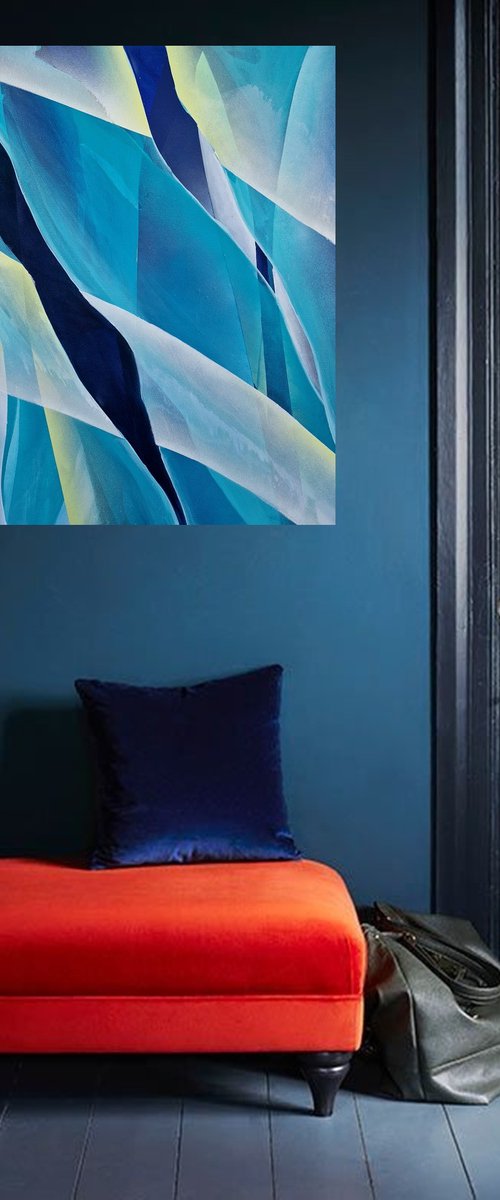
Danijela Dan
Acrylic painting
60 x 80cm
£481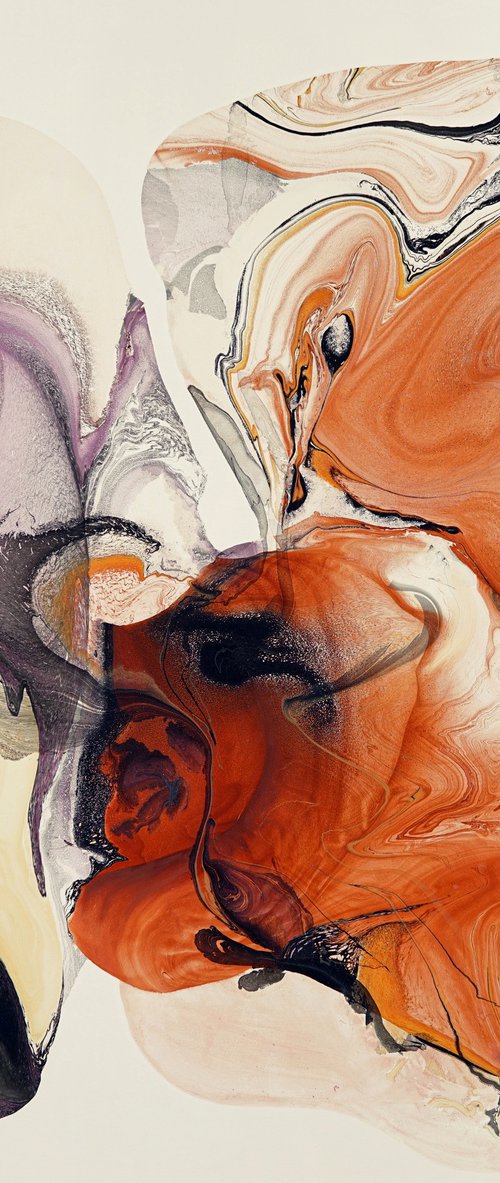
Fintan Whelan
Oil painting
100 x 100cm
£2796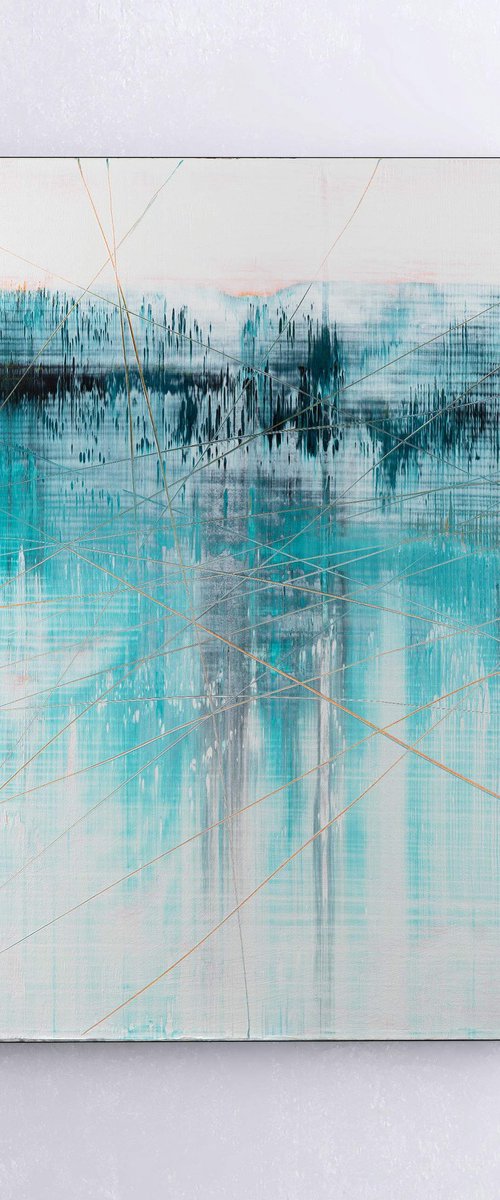
Nemanja Nikolic
Acrylic painting
51 x 76cm
£560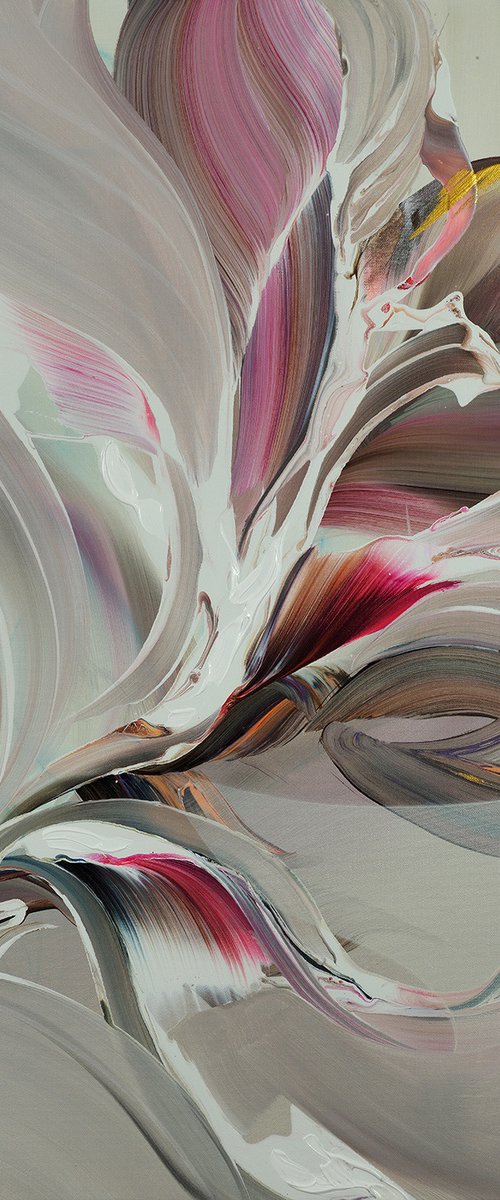
Novi Lim
Acrylic painting
91 x 91cm
£1877
Inez Froehlich
Acrylic painting
100 x 140cm
£2272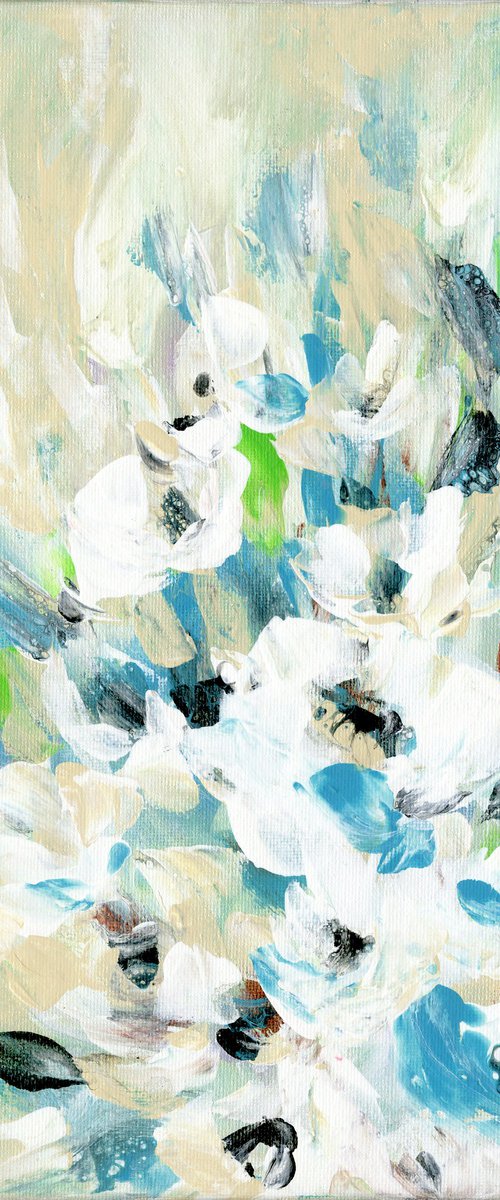
Kathy Morton Stanion
Acrylic painting
23 x 30cm
£274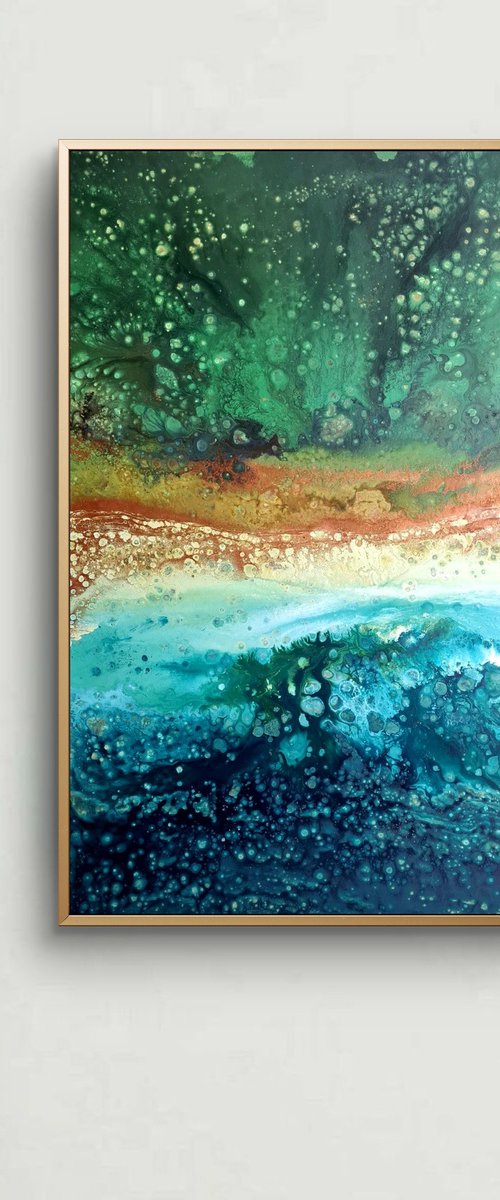
Eleni Denart
Acrylic painting
70 x 100cm
Now £546
£682(-20%)